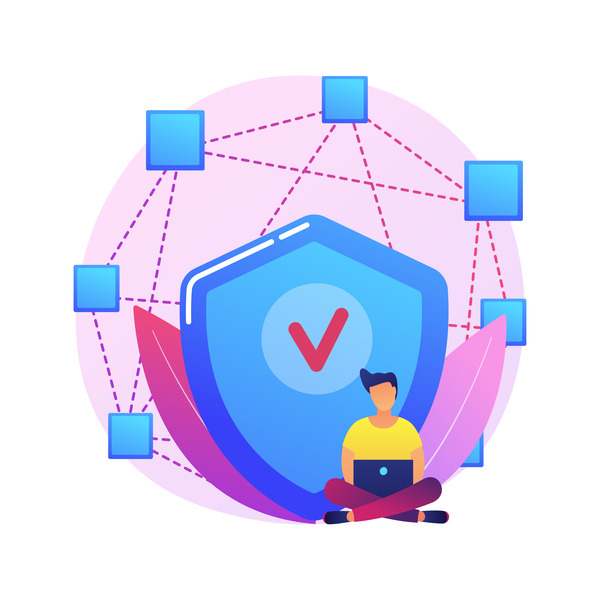IPv4 vs IPv6: The Past, Present and Future of Internet Protocol
September 20, 2023

The Internet is an ever-evolving ecosystem that connects people, devices, and information across the globe. At the heart of this connectivity lie Internet Protocols, the rules that govern how data is transmitted and received over networks. For decades, the Internet primarily relied on IPv4 (Internet Protocol version 4). However, as the digital world expanded at an unprecedented pace, IPv4 began to show its limitations, leading to the development and adoption of IPv6 (Internet Protocol version 6). In this comprehensive article, we’ll explore the differences between IPv4 and IPv6, why the transition is necessary, and the implications for the future of the Internet.
The Genesis of IPv4
IPv4 was introduced in 1983 as the first standardized protocol to connect devices over the Internet. It was revolutionary at the time, providing a vast address space of 32 bits, allowing for approximately 4.3 billion unique IP addresses. This might have seemed like an astronomical number, but as the Internet grew exponentially, it became evident that IPv4 addresses would eventually run out.
The Addressing Crisis
One of the primary challenges with IPv4 is the scarcity of available IP addresses. The explosion of Internet-connected devices, including smartphones, IoT devices, and computers, quickly depleted the limited address pool. Internet Service Providers (ISPs) and organizations had to resort to various techniques, such as Network Address Translation (NAT), to share a single public IP address among multiple devices. While these workarounds temporarily alleviated the issue, they introduced complexities and hindered end-to-end connectivity.
IPv6 Emerges as a Solution
IPv6, developed in the late 1990s, emerged as the solution to the addressing crisis. It boasts a staggering 128-bit address space, providing approximately 340 undecillion (that’s 340 followed by 36 zeros) unique IP addresses. This abundance of addresses ensures that every device can have a globally unique IP, eliminating the need for NAT and simplifying network configurations.
Key Differences between IPv4 and IPv6
| Features | IPV4 | IPV6 |
| Address Length | 32-bit addresses (4.3 billion possible addresses) | 128-bit addresses (340 undecillion possible addresses) |
| Address Notation | Dotted-decimal (e.g., 192.168.1.1) | Hexadecimal (e.g., 2001:0db8:85a3:0000:0000:8a2e:0370:7334) |
| Header Complexity | Simple header | More extensive header with improved options and extensibility |
| Security | Relies on additional security measures (e.g., IPsec) | Built-in security features with IPsec integration |
IPv6 Adoption Challenges
While IPv6 offers numerous advantages, its adoption has been relatively slow. Transitioning from IPv4 to IPv6 poses several challenges:
Legacy Systems
- Many existing networks and devices still use IPv4, making a full transition complex and costly.
Compatibility
- IPv4 and IPv6 are not directly compatible, requiring transitional mechanisms like dual-stack deployment and tunneling.
Awareness and Education
Organizations and individuals need to be aware of the benefits of IPv6 and educated on how to implement it effectively.
The Road Ahead
IPv6 is no longer an optional upgrade; it’s a necessity. As the Internet of Things (IoT) continues to expand, and more devices demand connectivity, IPv4’s limitations will become increasingly apparent. The Internet Society and various stakeholders are actively promoting IPv6 adoption, and many ISPs and cloud providers are making IPv6 available to their customers.
IPv4 vs IPv6 is not a battle but an evolution. IPv4 served the Internet well for decades but reached its limits. IPv6, with its vast address space and improved features, is the future of Internet connectivity. The transition may be challenging, but it is essential for a seamless and scalable Internet that can accommodate the growing demands of our digitally connected world. As organizations and individuals embrace IPv6, they are not just upgrading their networks; they are future-proofing their connection to the ever-expanding digital universe.

